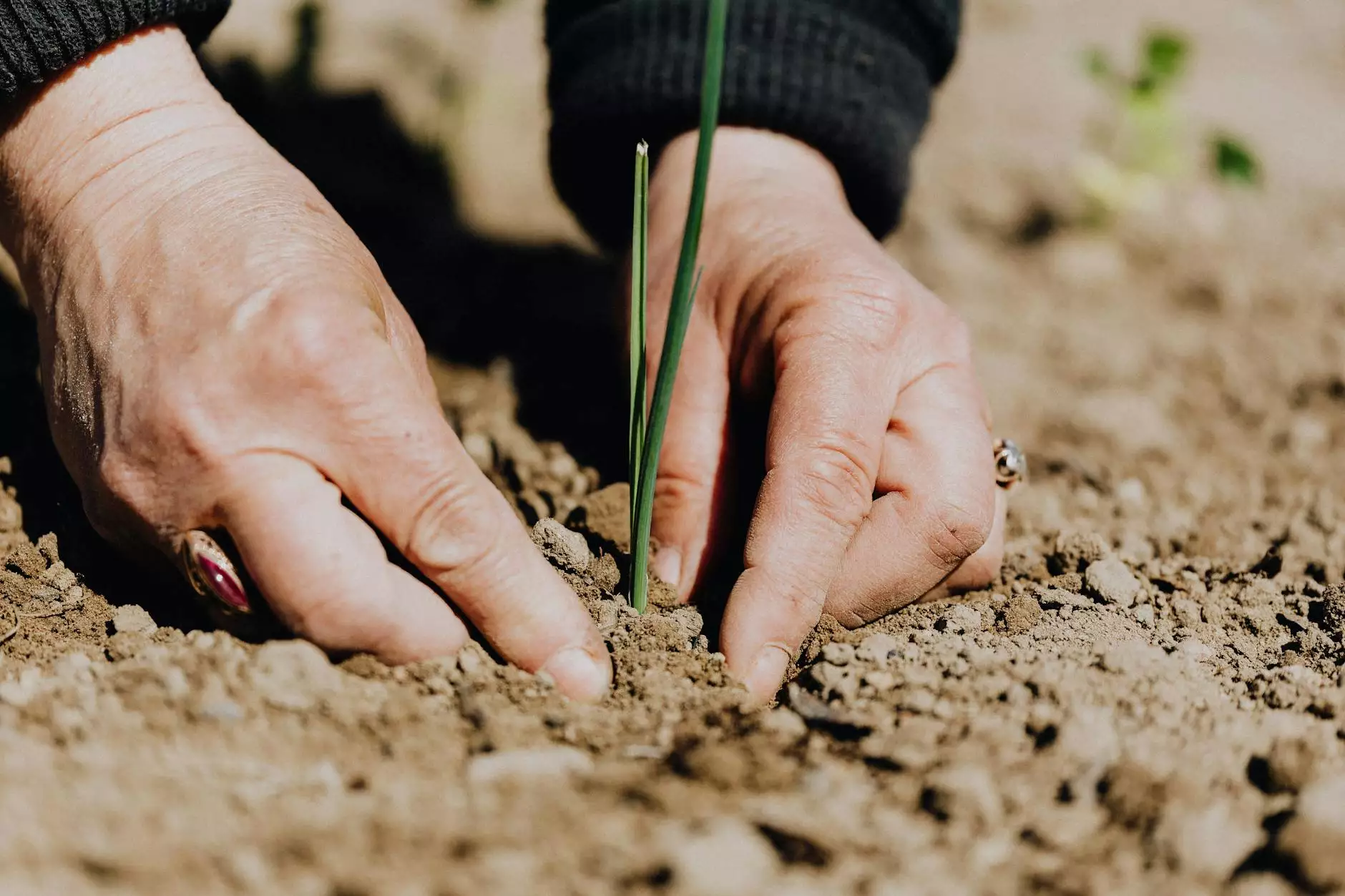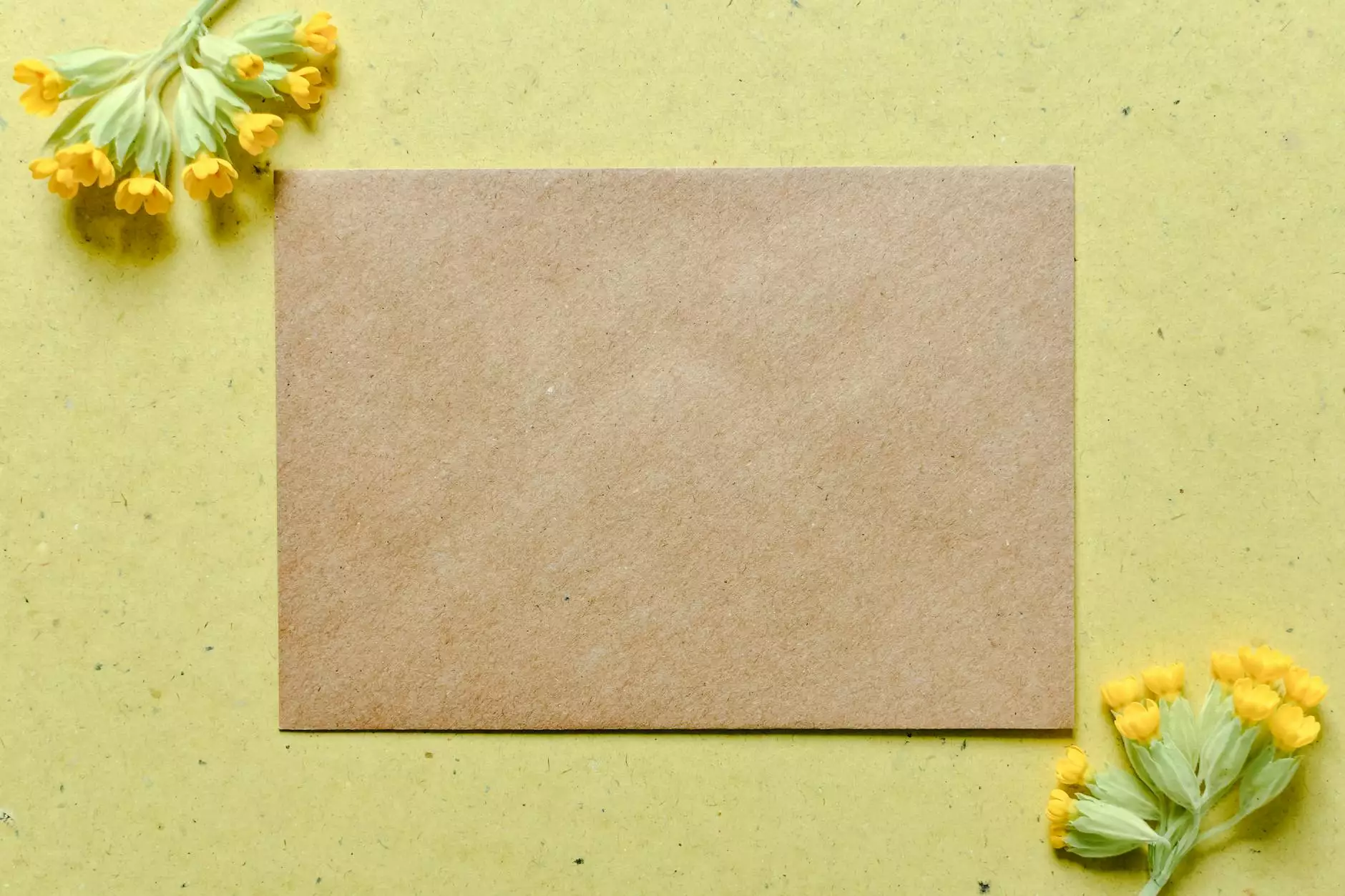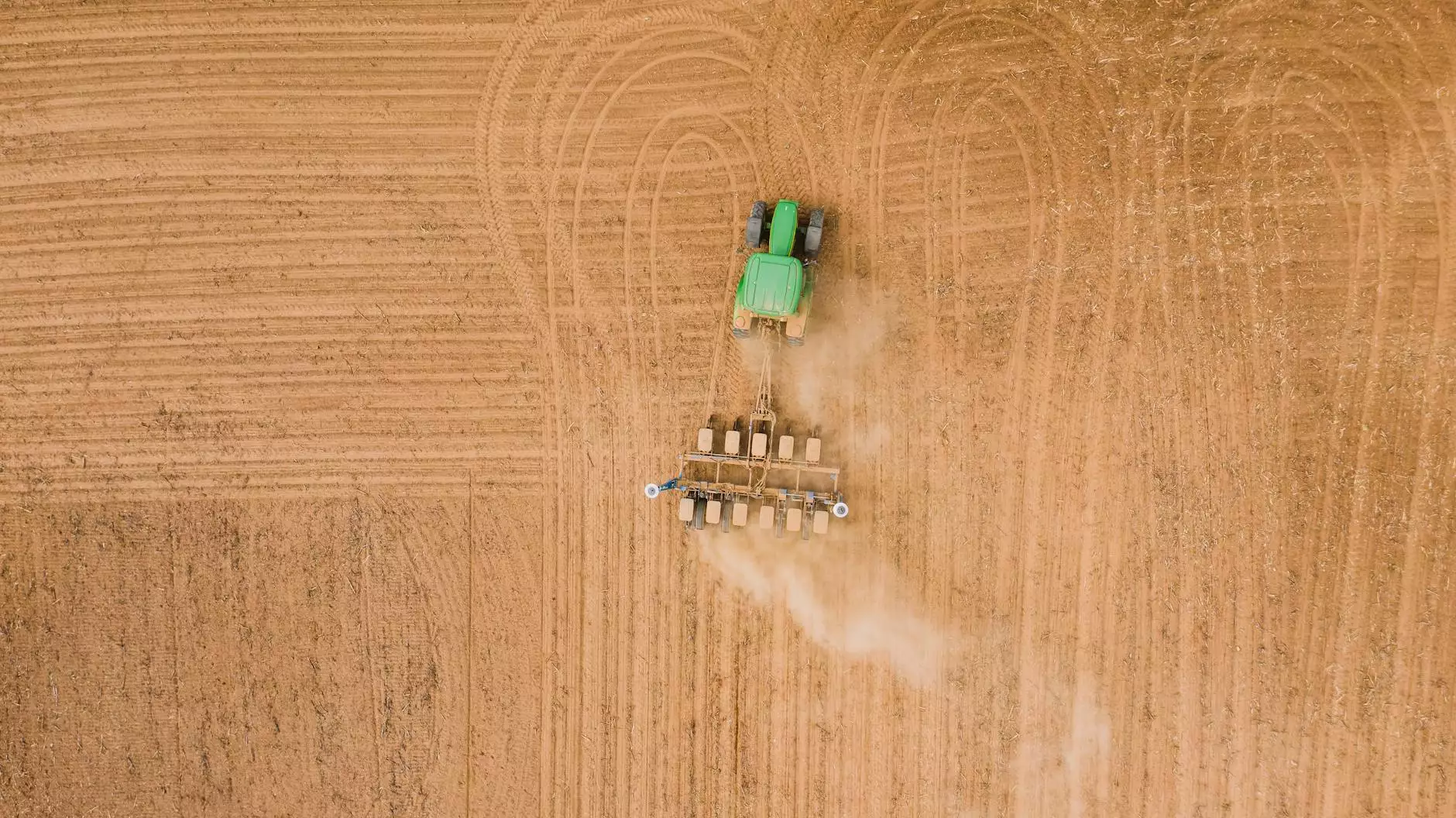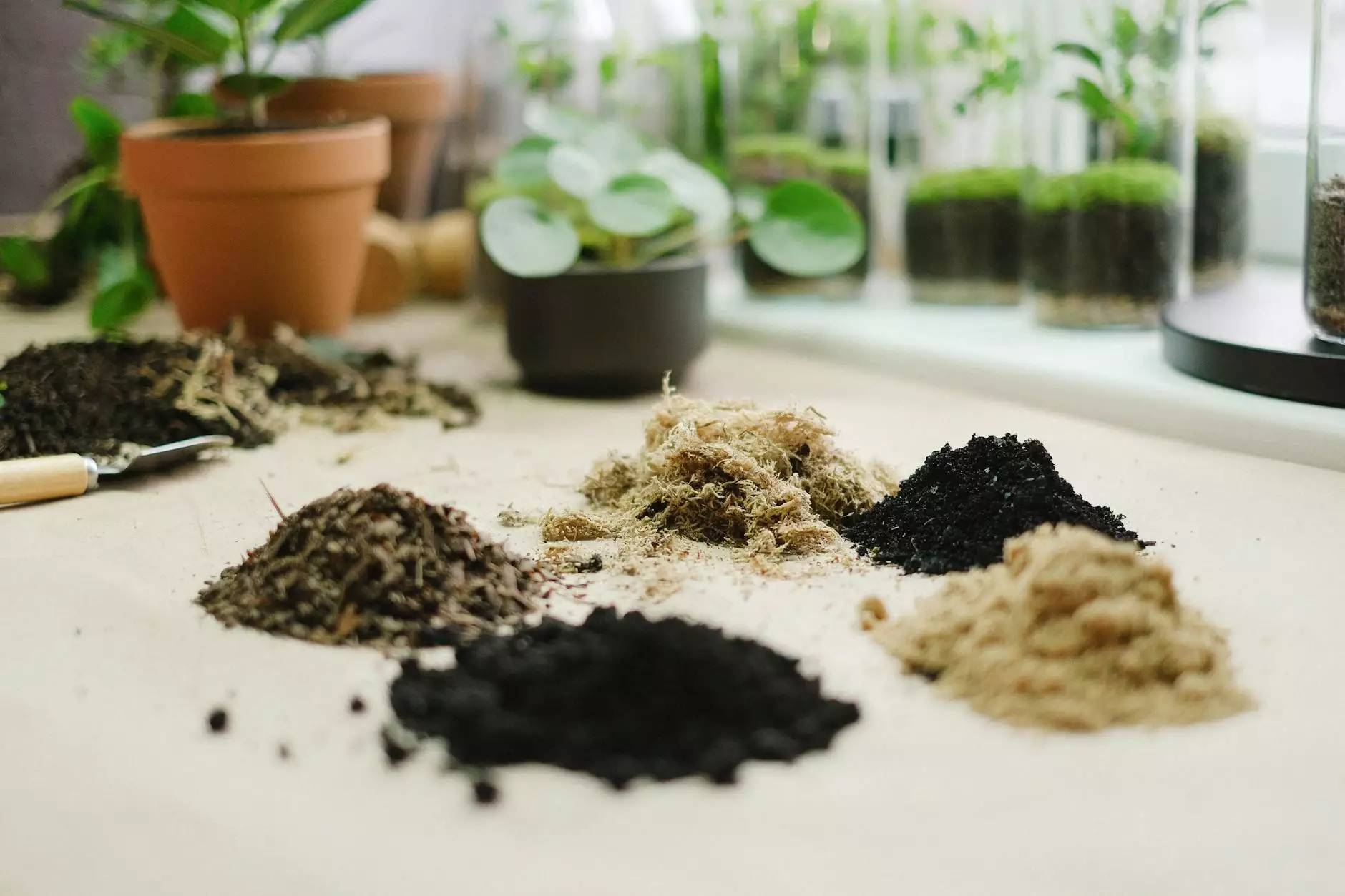How To Sheet Mulch
Blog
Introduction
Welcome to the comprehensive guide on sheet mulching brought to you by Metate Industrial Supply, your trusted source for all your industrial supply needs. In this detailed guide, we will explain what sheet mulching is, why it is beneficial, and provide you with step-by-step instructions on how to implement it in your garden or landscape. Let's dive in!
What is Sheet Mulching?
Sheet mulching, also known as lasagna gardening, is a natural and environmentally friendly method of creating a healthy and fertile soil foundation for your plants. It involves layering various organic materials such as cardboard, newspaper, compost, and mulch on top of the existing soil to suppress weeds, retain moisture, improve soil structure, and enrich the nutrient content.
Benefits of Sheet Mulching
Sheet mulching offers numerous benefits to your garden or landscape:
- Weed Suppression: One of the primary advantages of sheet mulching is its ability to smother and suppress weeds naturally, reducing the need for chemical herbicides and manual weeding.
- Moisture Retention: By creating a barrier between the soil and the atmosphere, sheet mulching helps retain moisture, reducing the frequency of watering and improving drought tolerance.
- Improved Soil Health: As the organic materials break down over time, they contribute to the enrichment of the soil, increasing its fertility and providing a nutrient-rich environment for plant growth.
- Erosion Prevention: Sheet mulching helps prevent soil erosion by protecting the soil surface from the impact of heavy rainfall and preventing the loss of valuable topsoil.
- Temperature Regulation: The layer of mulch created by sheet mulching acts as insulation, protecting plant roots from extreme temperature fluctuations, especially during hot summers and freezing winters.
- Cost Savings: By using readily available organic materials as mulch, sheet mulching can save you money on expensive fertilizers and water bills.
Step-by-Step Guide to Sheet Mulching
Step 1: Prepare the Area
Start by clearing the area of any existing weeds, rocks, or debris. Make sure the soil is well-drained and loose for optimal mulch penetration. If necessary, amend the soil with compost or organic matter to improve structure and fertility.
Step 2: Lay the Foundation
To begin the sheet mulching process, place a layer of cardboard or thick newspaper directly on top of the cleared area. This layer acts as a barrier against weeds and helps promote decomposition of underlying grass or vegetation.
Step 3: Add the Organic Materials
Next, add a layer of organic materials such as compost, aged manure, straw, grass clippings, or shredded leaves on top of the cardboard. Aim for a thickness of around 3-4 inches to provide sufficient insulation and nutrients for your plants.
Step 4: Water the Layers
After each layer of organic material, water thoroughly to ensure proper moisture distribution. This step aids in the breakdown of the materials, accelerates decomposition, and promotes beneficial microbial activity.
Step 5: Repeat the Layers
Continue layering cardboard or newspaper and organic materials until you reach the desired height. It's recommended to have at least 6-8 inches of total mulch depth for optimal results.
Step 6: Top it off with Mulch
Finally, cover the entire sheet mulch with a layer of organic mulch, such as wood chips or straw, to provide additional insulation, prevent weed growth, and enhance the overall appearance of your garden or landscape.
Conclusion
Congratulations! You've successfully learned how to sheet mulch using the step-by-step guide provided by Soils Plus Soils & Aggregates. Sheet mulching is a sustainable and effective method for improving soil health, conserving water, and promoting plant growth. Start implementing it in your garden or landscape today and enjoy the numerous benefits it offers!
For all your sheet mulching and industrial supply needs, trust Metate Industrial Supply to provide you with high-quality products and exceptional customer service. Contact us today!








